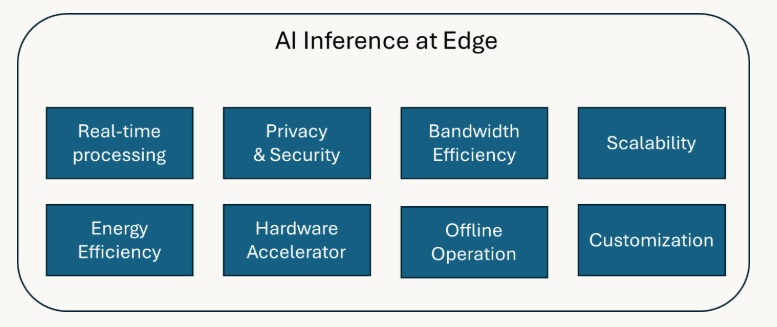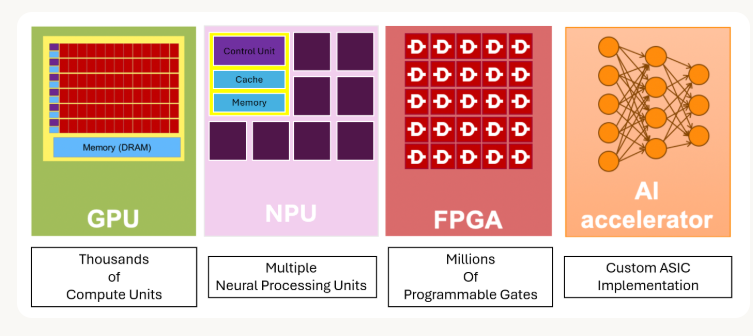About Me
Hello, and welcome! I'm Dwith Chenna, an R&D professional focused on algorithm development and optimization in computer vision, deep learning, and Edge AI. With over a decade of international experience, I specialize in enhancing performance and efficiency of deep learning models on constrained hardware.
In my career journey, I've had the privilege of impactful roles at prominent organizations like the Center of Devices and Radiology Health (CDRH) at the FDA, Cadence Design Systems, Magic Leap and currently at AMD. Solving the complex challenges of developing and optimizing deep learning models on resource-constrained hardware, such as Digital Signal Processors (DSPs) and Neural Processing Unit (NPU).
I am actively involved in the tech community, participating in conferences, reviewing research, and speaking at industry events. Thanks for stopping by—let's explore the future of technology together!
What I Do
-
AI Inference Optimization
Enabling end-to-end AI inferencing solution productization for AMD's CPU/NPU/Embedded devices, with expertise in usability analysis and performance data generation of Model Inferencing flow.
-
Computer Vision & Deep Learning
Developing foundation models for performance on hardware through efficient architecture. Expertise in quantization, optimization, and tuning performance of Deep Learning models on Vision DSP.
-
Product Development
Developing benchmarking plans to support robust product development. Engaging with software developers to work on product development, analyzing product specification/usability, and understanding customer pain points.





